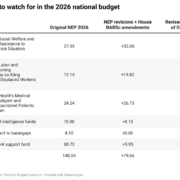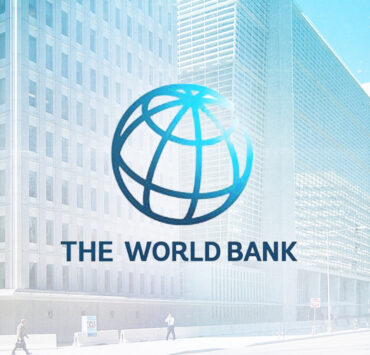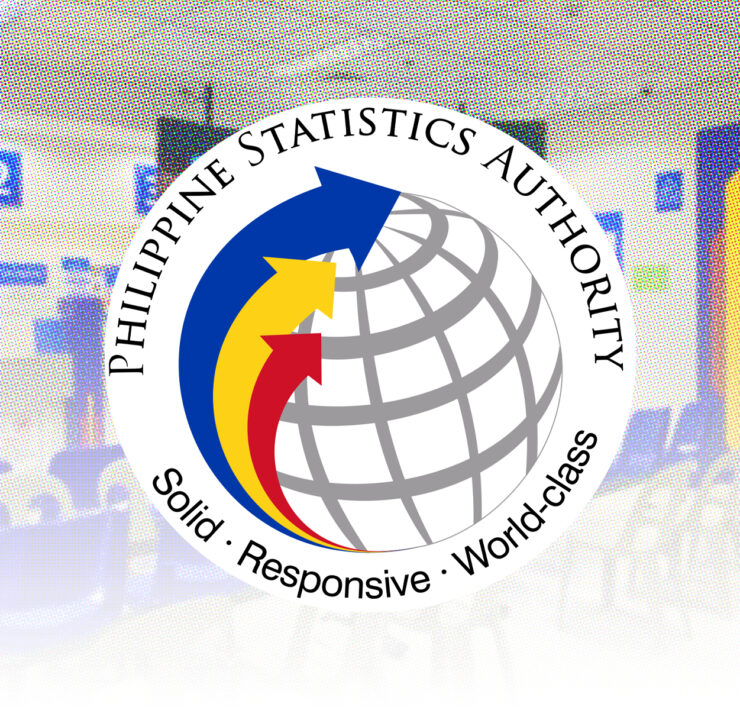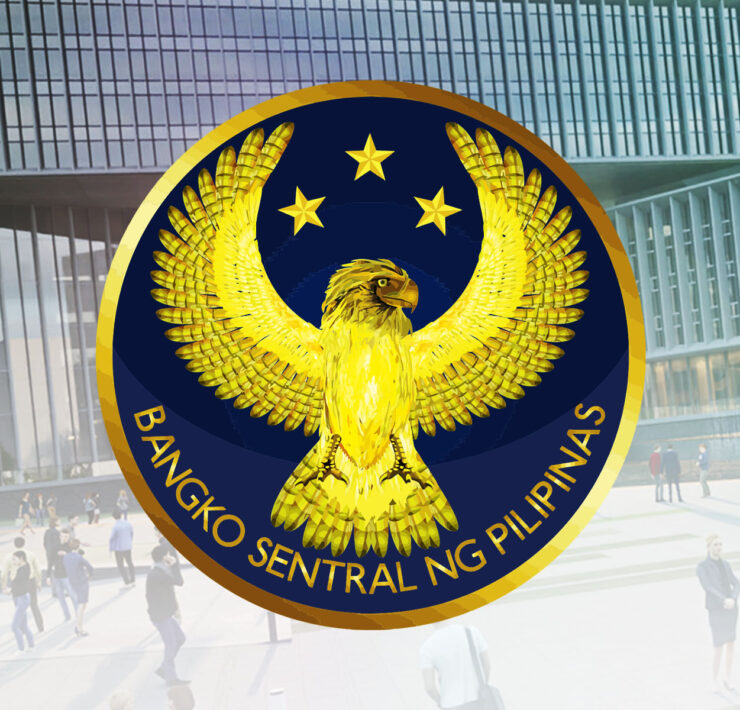Sept inflation rose to 1.7%; BSP on guard
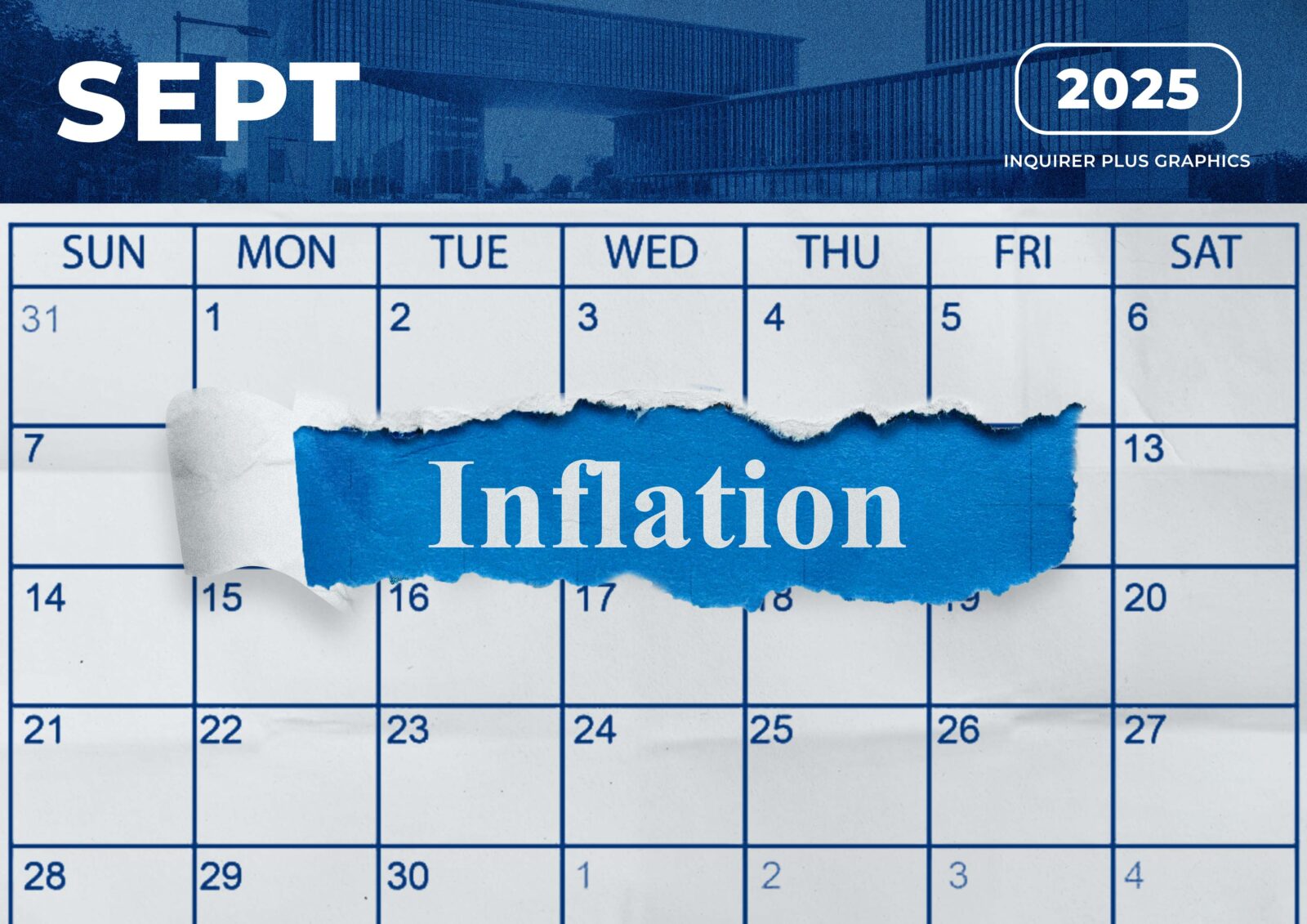
Consumer prices climbed in September at their fastest pace in six months, driven by surging food costs after a series of storms that flooded farms and destroyed crops—a setback seen to make the Bangko Sentral ng Pilipinas (BSP) more guarded in its next policy steps.
Inflation, as measured by the consumer price index, quickened to 1.7 percent in September from 1.5 percent in August, the Philippine Statistics Authority (PSA) said on Tuesday.
It was the strongest reading since March, when inflation stood at 1.8 percent. Even so, the figure came in better than the 2-percent median forecast of economists polled by the Inquirer last week.
September also marked the seventh consecutive month that inflation remained below the BSP’s 2- to 4- percent target range.
Transport prices, which reversed seven straight months of decline after posting a 1 percent gain in September, emerged as the top driver of inflation.
State statisticians flagged mixed price movements of diesel and gasoline last month, though most of the weekly adjustments were upward.
Food prices also nudged inflation higher, rising 1 percent in September from 0.9 percent in August. The increase was driven by a spike in vegetable costs, which jumped 19.4 percent, the fastest in eight months.
The PSA said storms had disrupted harvests and pushed up prices of staples like cabbage, chilies, peppers and pumpkins.
Rice prices, meanwhile, posted a milder decline of 16.9 percent from 17 percent previously, extending their slump despite the ongoing import freeze.
“The slight uptick in inflation underscores the sensitivity of domestic food prices to supply disruptions,” said Secretary Arsenio Balisacan of the Department of Economy, Planning and Development. “We are working closely with various agencies to stabilize supply, keep essential goods affordable, and safeguard household welfare.”
Probable pause
Separately, the BSP said it would assess the September inflation data “to determine the appropriate monetary policy response.”
But while inflation continued to stay below the central bank’s target range, a fresh rate cut is seen to be unlikely this week, given the peso’s weakness. The local currency has slipped to the 58-per-dollar level and could stoke imported inflation.
Ten out of 16 economists polled by the Inquirer last week expected the Monetary Board to keep the policy rate steady at 5 percent on Oct. 9.
“Looking ahead, a potential month-on-month increase in rice prices following the suspension of rice imports, along with the impact of adverse weather, could add some upward push to inflation,” analysts at Chinabank Research said.
“While overall price growth is still expected to remain low for the rest of the year, increased upside risks to the inflation outlook could prompt the BSP to adopt a more cautious stance and keep interest rates on hold at Thursday’s policy meeting,” they added.










